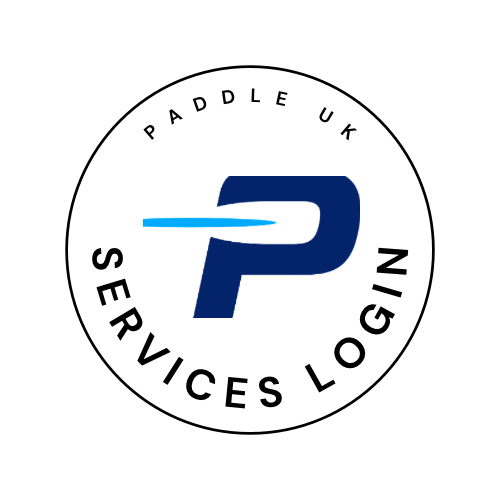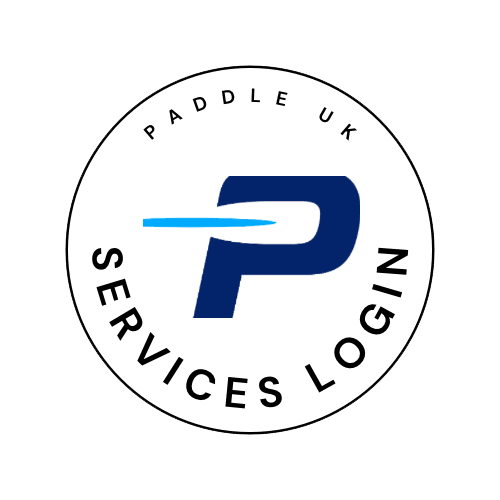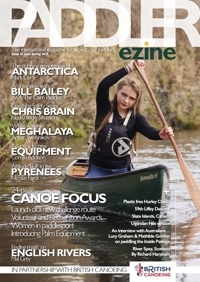If you’ve recently started paddling, the advice around where you can paddle and what you can do can be stifling. Different waterways are effectively managed by different bodies which can cause a bit of a headache, especially when you only want to put your boat on the water and go for a leisurely paddle. To help you see the wood from the trees, we’ve put together this handy little guide around the waterways licence. What it is, when, and if, you need it, and how to get your hands on one!
What is a river licence?
A river licence, aka waterways licence, is a licence you might need to paddle some waterways in England and Wales. It’s not like a driving licence, where you have to take a test to get one. Anyone can get a licence, but it’s something you should probably buy if you paddle on inland waterways in England and Wales.
The licence costs £47 for the year when you purchase through Paddle UK and covers around 4,500km of waterways. (Purchased individually these would cost around £130 so a massive saving of around £80). The Paddle UK membership is only suitable for paddlers who live in England. For paddlers who live in Wales, Canoe Wales offer a similar membership which includes a licence too.
Do I need a waterways licence to paddle?
You need a licence to paddle on Canal & River Trust and Environment Agency waterways, plus other actively maintained waterways including the Norfolk Broads. Most of the waterways which require a licence to paddle on are covered in Paddle UK (or Canoe Wales) membership. Check waterways covered here.
If you don’t see the place you want to paddle on that list, that could mean a few things. You might not need a licence to paddle it, or as with some lakes in the Lake District, they might not require a licence. Alternatively it could mean that Paddle UK membership doesn’t include a licence for that section of water.
Unsure whether the stretch you want to paddle is covered? Contact Paddle UK or the waterway authority that looks after that section and they will tell you if you are unsure.
Do I need to carry a waterways licence?
You will need to carry proof of your licence with you when you paddle to avoid a fine when paddling on inland waterways that need a licence. If you don’t have proof when you’re asked to produce a licence, you could face a hefty fine. Membership to Paddle UK includes a digital and physical card which you can take with you when you paddle.
Why do I need a river licence?
Licences are required by the people who maintain that waterway, whether that be Canal & River Trust, the Environment Agency or another private body. The money collected through licencing helps them to actively maintain and improve the waterways so they are around for years to come, and everyone has the chance to enjoy them.
Your licence fee goes towards several things, including:
- Removal of debris from the river such as logs post-flooding
- Flood damage repairs
- Removal of invasive non-native species, including floating pennywort, which is carried on boats or kit from waterway to waterway and can clog up entire rivers and canals in a matter of days
- Installing ‘check, clean, dry’ stations to try and prevent the spread of these invasive non-native species
- Maintaining put ins, take outs and towpaths
- Managing water quality and levels
- Protecting against and repair bank erosion
What if I don’t have a waterways licence?
If you’re paddling on the sea, estuaries or tidal water, or on a river or canal which doesn’t require a licence, then that’s fine, you don’t need one!
Check where you’re paddling first to see if there are any licence requirements on that stretch. You can find out over on the Paddle UK website and if in doubt, get in touch. Beside, buying a licence is certainly cheaper than paying a fine!
How do I get a waterways licence?
Licences are really easy to get hold of. You can purchase a Paddle UK membership that includes a licence for 4,500km worth of inland waterways but failing that, there are other options.
You can usually purchase day licences from places like the Canal & River Trust or Broads Authority, or you can purchase yearly licences from these places too. The most comprehensive licence for paddlers though is the Paddle UK membership (or respective home nation membership). Those memberships cover the largest amount of waterways and includes combined liability insurance too, with family, couples and young persons discounts are also available.
Do I need a river licence in Scotland?
No. Since the Land Reform (Scotland) Act 2003, Scotland has what we call the ‘right to roam,’ meaning you don’t need a licence to paddle there. If however you do live in Scotland and paddle regularly, you can join the Scottish Canoe Association which includes a host of benefits including liability insurance. Interested in finding out more about the access situation in Scotland? Click here!
So there you have it, ‘river licences explained’.
Want some more info on where to go paddling? Head over to the Paddle Trails section of the website and browse over 170 places you can go with your boat! All the information you need to paddle that trail is included in the trail download, including licence information… phew!
{ “@context”: “https://schema.org”, “@type”: “FAQPage”, “mainEntity”: [{ “@type”: “Question”, “name”: “Do I need a waterways licence?”, “acceptedAnswer”: { “@type”: “Answer”, “text”: “Yes, whether canoe, kayak or SUP you need a licence to paddle on many inland waterways in England and Wales, including Canal & River Trust waterways, Environment Agency waterways, the Norfolk Broads, and other maintained waterways. The money collected through licensing helps maintain the waterways so they are around for years to come, and everyone has the chance to enjoy them.” } }, { “@type”: “Question”, “name”: “How do I get a waterways licence?”, “acceptedAnswer”: { “@type”: “Answer”, “text”: “The best value for England residents is Paddle UK membership. It includes a licence for around 5,000km of waterways in England. Find out more and join here. Welsh residents can get the same offer from Canoe Wales. You don’t need a licence to paddle in Scotland.” } }, { “@type”: “Question”, “name”: “Do I need to carry a waterways licence?”, “acceptedAnswer”: { “@type”: “Answer”, “text”: “You will need to carry proof of your licence with you when you paddle to avoid a fine when paddling on inland waterways that need a licence. If you don’t have proof when you’re asked to produce a licence, you could face a hefty fine. Paddle UK membership includes a digital and physical card which you can take with you when you paddle, just incase you get asked to produce it!” } },{ “@type”: “Question”, “name”: “Do I need a licence to Paddleboard (SUP)?”, “acceptedAnswer”: { “@type”: “Answer”, “text”: “Yes, whether a Paddleboard (SUP), Kayak or Canoe you need a licence to paddle on many inland waterways in England and Wales. However, not in Scotland.” } },{ “@type”: “Question”, “name”: “Do I have to have a licence in Scotland?”, “acceptedAnswer”: { “@type”: “Answer”, “text”: “No. Since the Land Reform (Scotland) Act 2003, Scotland has what we call the ‘right to roam,’ meaning you don’t need a licence to paddle there.” } }] }


 Go Paddling
Go Paddling Clear Access Clear Waters
Clear Access Clear Waters Paddles Up Training
Paddles Up Training Clubhouse
Clubhouse Services Login
Services Login

